SAVORY
Regenerating the World's Grasslands
Holistic Management
Impacting every species on the planet yet degrading due to mismanagement, these vast and fragile landscapes play a critical role in ensuring a healthy future for us all.

Holistic Management
Framework for Regenerating Land & Livelihoods
More than just the planned grazing for which we are known, Holistic Management is a decision-making framework for balancing the ecological, financial, and social needs of any complex system and creating truly regenerative outcomes for all involved.
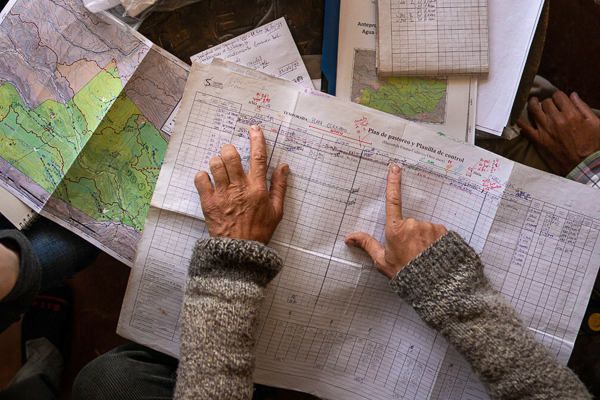
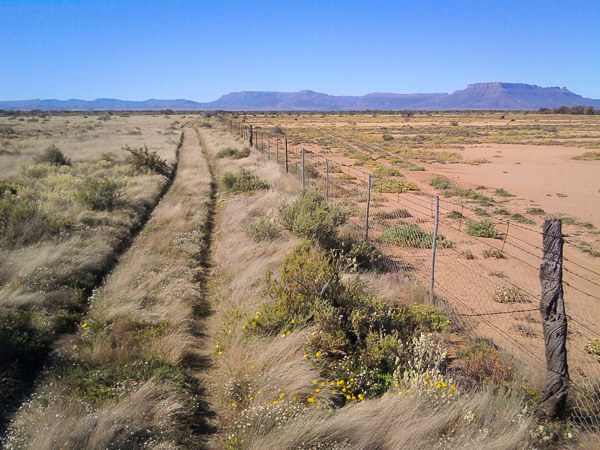
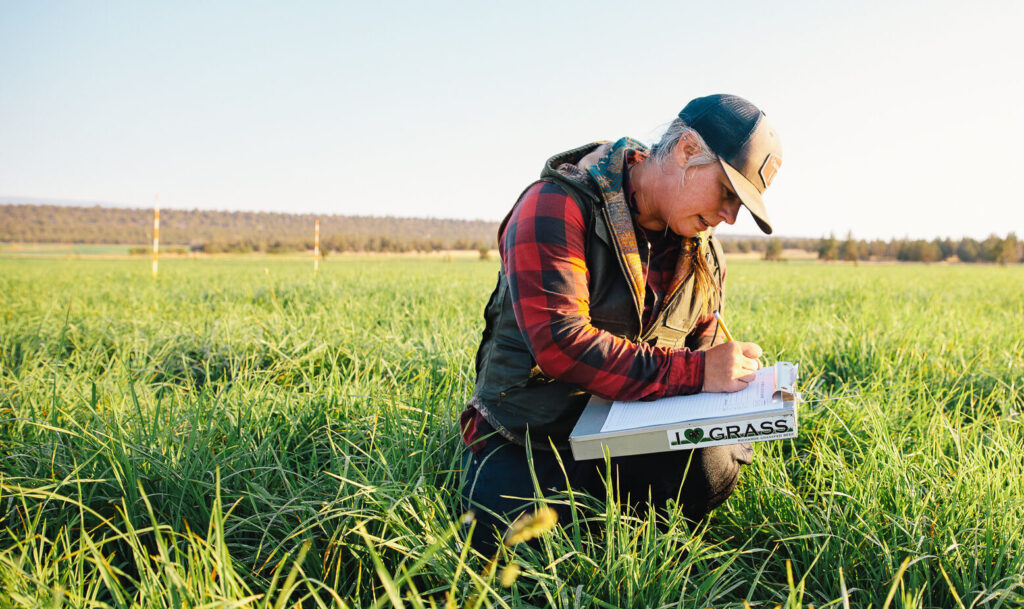
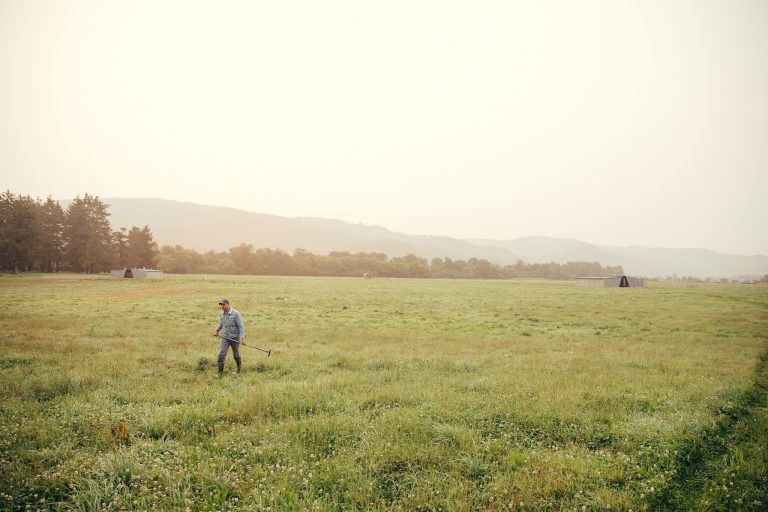

Ecological Outcome Verification (EOV)
Land Monitoring Protocol
Monitoring both leading and lagging indicators of ecosystem health, EOV provides land managers with the insights needed for improved management and entry into Land to Market.
Backed by the latest evidence in the field.
Savory’s Library features a robust catalog of science articles, case studies, white papers, media, & more. Choose a popular topic to dive in or start a new search.
Empowering & equiping farming communities with regenerative agriculture.
Grassroots and diverse – just as nature intended – Savory’s initiatives are rooted in the power of networks, trust, and giving agency to those closest to the soil surface.
Large-Scale Projects
Landing Impact Where it's Needed Most
Focused on regions with the greatest impact potential, Savory’s large-scale projects bring in top talent from around the Global Network to mobilize farming communities and land impact.
Initiatives designed to accelerate the transition to regenerative.
Beyond the farm gate, market demand and financing can become hurdles that prevent producers from changing their management. At Savory, we’re removing these barriers through an ecosystem of strategic initiatives.

Land to Market
TRANSFORMING SUPPLY CHAINS
Born to accelerate adoption of Holistic Management via market forces, Land to Market is the world’s first verified regenerative sourcing solution for raw materials such as meat, dairy, leather, and wool.

Savory Foundation
The Savory Foundation attracts and deploys mission-aligned capital into large-scale projects to catalyze global transformation at the intersection of finance, climate resilience, and regenerative agriculture.
Start a Savory Hub
Mobilize Change in Your Region
Locally-owned and locally-led, every Savory Hub is unique. If your Hub application is accepted, you’ll receive in-depth training, support, and mentorship from Savory staff and advisors to help you craft the perfect plans for achieving impact in your region.
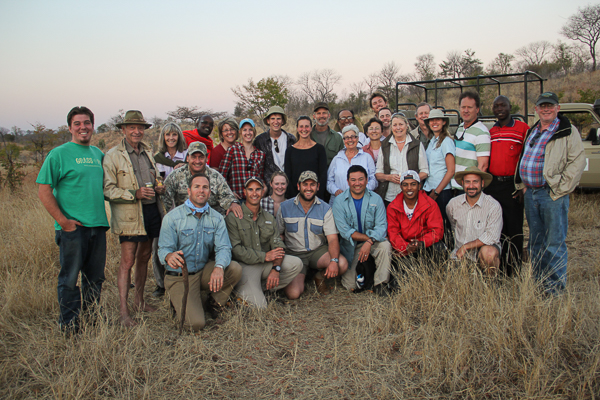
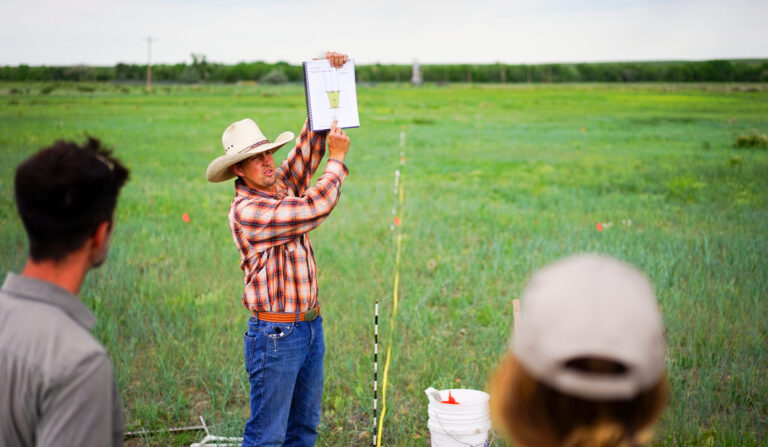
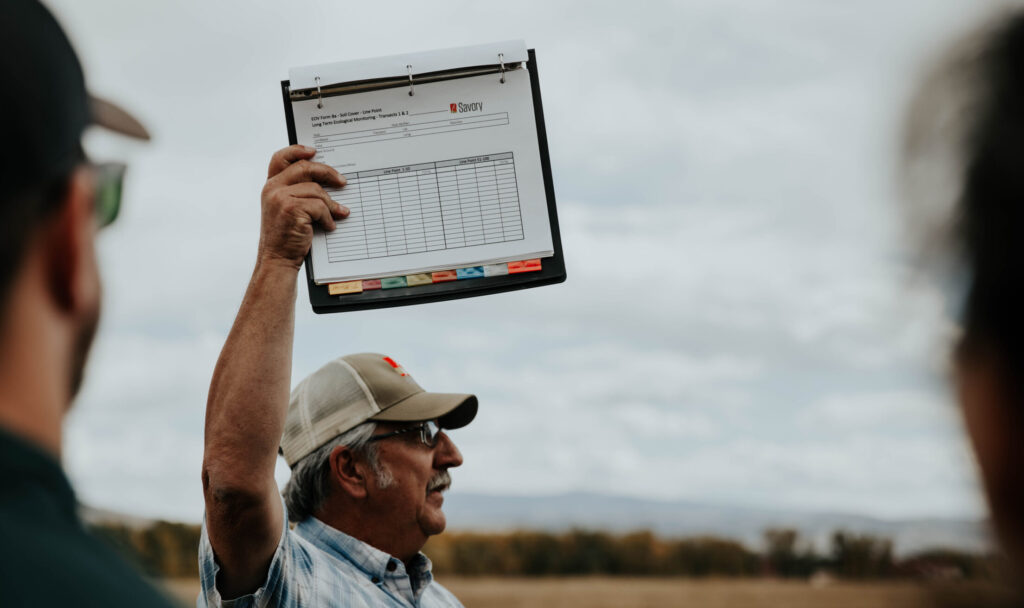
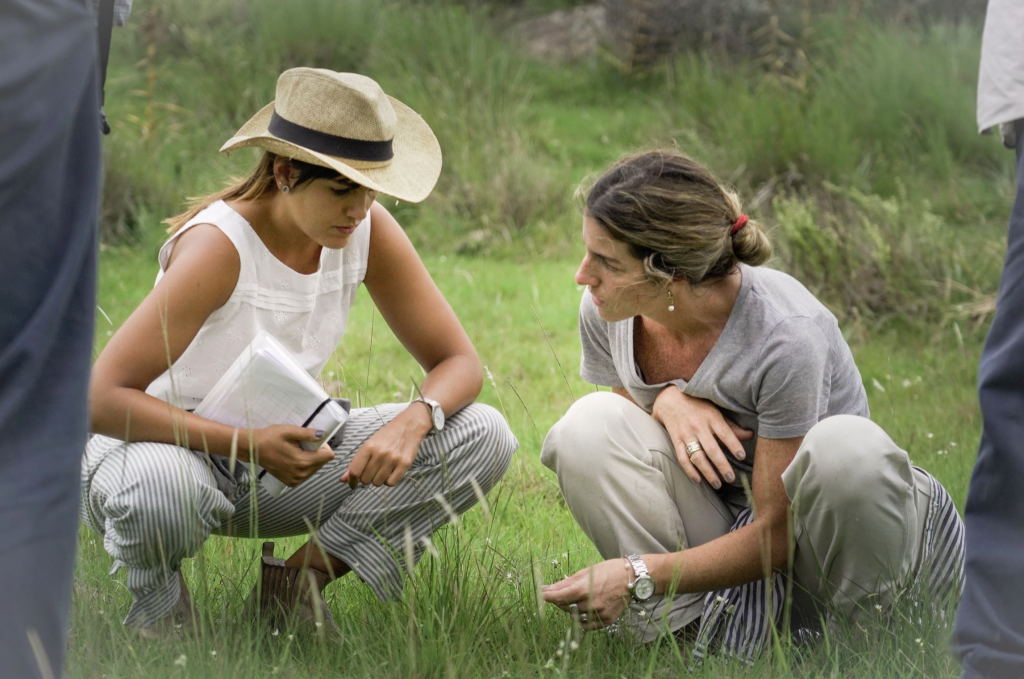
Get Accredited
Start Your Career in Regenerative Agriculture
Are you more of a coach or teacher? Chart your own path as an Holistic Management educator or EOV monitor. With your accreditation, you’ll have access to the most up-to-date curriculum, training materials, and continuing education from the Savory team. No application required, just fulfill the requirements then set up an exit interview.
“EOV has given our operation invaluable data to make better management decisions. Additionally, Land to Market is increasingly becoming known among consumers and regenerative product aggregators, which has given us an advantage when we market our products.”
Molly Taylor, pt ranch
“Holistic Management is ‘the big secret’ that lets you in on the actual inner workings of the human-environment connections. I finally have a way to fit it all together: more health, more production, more profit, happier me, happier family.”
Phyllis Van Amburgh, Dharma Lea Dairy
“A foundation of successful Holistic Management is continuous improvement. As a Hub, the Savory Institute has offered so many opportunities to learn how to empower our network to regenerate land and communities.”
Dana Penrice, Holistic Management Canada
Your donation supports regeneration.
As a platinum-rated 501(c)(3) organization, your support creates real-world impact. Become a Regenerating Member with a monthly gift and earn members-only perks.

